Each gardener wants to grow a tomato crop in his backyard. But if you do not know the important points of care, including how to properly feed during the flowering, the long-awaited harvest can not wait.
Table of contents
Is it possible to feed tomatoes during flowering
For a rich harvest, as well as for tying new inflorescences, a flowering tomato bush needs: nitrogen, potassium and phosphorus.
The lack of these nutrients can be determined by the appearance of the plant:
- Lack of nitrogen - the leaves begin to turn yellow from the bottom, gradually rising up.
- The lack of phosphorus - foliage acquires a purple color, with a consistently moderate temperature.
- Potassium depletion - the lack of potassium is manifested in the discoloration of the leaves, if the plant is not fertilized, the leaves become brown and dry.

Top dressing of tomatoes during flowering
Fertilizing flowering tomatoes, plays an important role in the formation of ovaries and when grown in greenhouses and in open ground, which in the future leads to the ripening of a large number of fruits. Excess fertilizer is just as bad for a plant as lack.
As a feed for tomatoes, you can apply:
- Mineral fertilizers
- Organic top dressing
Also apply two method of making:
- Foliar
- Root
Mineral
Nowadays, the eyes run away from a large amount of mineral fertilizers.But not everyone knows what to feed during the flowering period of tomatoes or to speed it up.
Tomatoes will not develop well if the soil is poor in phosphorus and potassium. As phosphate and potash fertilizers can be applied:
- Simple superphosphate
- Double superphosphate
- Potassium salt
- Potassium Chloride and Sulphate
- Simple superphosphate
- Double superphosphate
- Potassium salt
- Potassium chloride
Before applying fertilizer, you must carefully read the instructions for use.
You can also use phosphate – potassium fertilizers: potassium monophosphate. Method of preparation: in 10 liters of water dilute 15 grams of the substance. This amount can be shed 1 square. meter tomato ridge.
Excess nitrogen adversely affects flowering tomatoes. Nitrogen contributes to a large increase in green mass, which leads to a redistribution of nutrients from the forming fruits to the emerging stepchildren.
In order to enrich the soil with nitrogen, it is possible to add complex fertilizers to it. They are good because all the necessary substances that vegetables need are in equal proportions.
Complex fertilizers for flowering tomatoes:
- Kemira
- Station wagon
- Mortar
- Effecton
- Signor Tomato
- Kemira
- Station wagon
- Mortar
- Effecton
- Signor Tomato
When using mineral fertilizers, it is necessary to remember that:
- Nitrogen content should be less than potassium and phosphorus
- Fertilizers should contain: iron, calcium, boron, zinc, sulfur and magnesium
- Chlorine and its constituents should not be included
Fertilizing organic
Nowadays, most gardeners refuse to feed tomatoes with mineral fertilizers and prefer organic. Since organic not only nourishes the plant, but also protects it from numerous diseases.
Humates
Humates not only nourish, but also improve soil structure. With the annual introduction of this drug, tomatoes will produce good fruit. even on the poorest land.
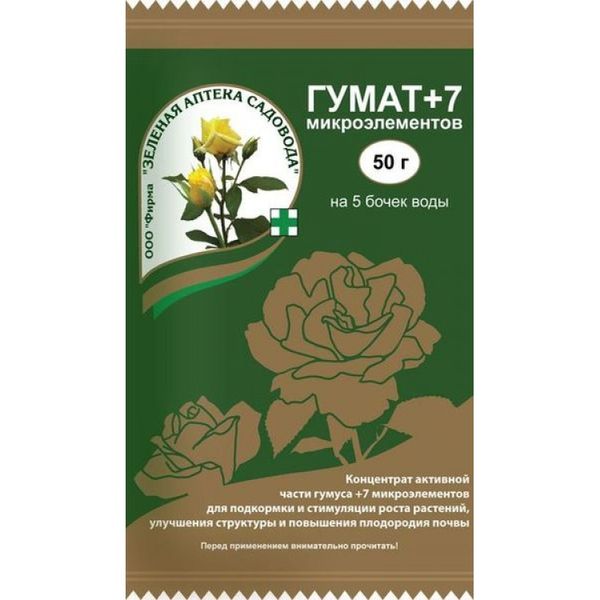
Yeast
Yeast fertilizer increases plant growth and development, and therefore it is so necessary for flowering tomatoes.
Cooking method:
- 100 grams of fresh yeast diluted in a liter of warm water. Bring the solution to a volume of 10 liters, after the formation of yeast foam.This amount is enough for fertilizer 15 bushes.
- 10 grams of dry yeast per bucket of water. Let it brew for 2 days. The resulting solution is diluted in a ratio of 1:10.
Together with yeast dressing, add to the ground wood ash.
Ash
To feed the tomatoes, you can use wood, straw, or peat ash. It contains a large amount: calcium, phosphorus, magnesium, without them flowering plants can not do.
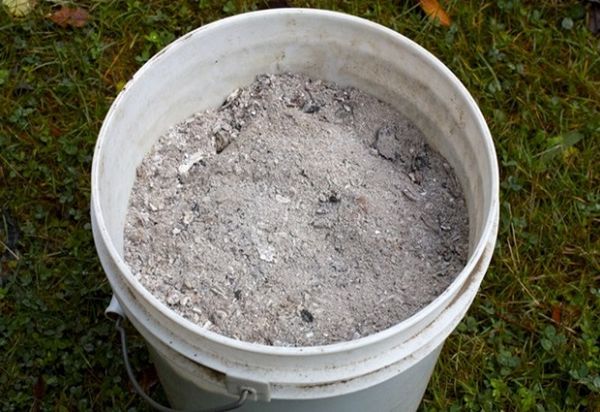
Mode of application:
- Once in 7 days, a tablespoon of ash is poured under a bush of tomatoes
- A solution of ash, plants watered 2 times per month (100 grams of ash diluted in 10 liters of water). One bush should receive half a liter of solution.
Iodine
When using iodine solution, the number of ovaries increases, and the fruits ripen much faster.
Cooking method:
3 drops of iodine diluted in a bucket of water.
Vegetable fertilizer
Herbal Infusion - A good choice for feeding flowering tomatoes.
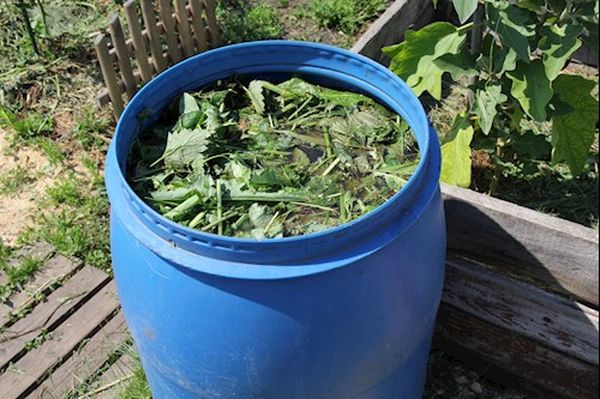
Method of preparation for a 200 liter barrel:
- 5 buckets of weed (better to take nettles)
- 10 liters of mullein
- A kilogram of fresh yeast
- Kilogram ash
- 3 liters of milk or whey
- Water
Barrel Content leave for 14 days to insist. Water under each bush per liter of infusion.
Foliar top dressing
Ash
Cooking method:
In a three-liter jar dilute 300 grams of sifted ash. The resulting solution must be boiled for half an hour and dissolved in a bucket of water. In the ready solution add a grated soap and leave to infuse for a day.
When spraying this solution, the result appears right before your eyes. The buds begin to blossom, and the appearance of the tomatoes improves.
Iodine
30 drops of iodine are added to a liter of milk. All is thoroughly mixed, add art. spoon of hydrogen peroxide and adjusted to 9 liters of water.

This feeding will not only give the tomatoes the necessary nutrition, but also protects the plant from diseases.
Boric acid
Boric acid is used when the air temperature is kept within +30 degrees. At high temperatures, the plant blooms, but does not form fruit.
10 grams of the powder is diluted in a glass of hot water, stirred until complete dissolution. The finished solution is added to a bucket of water.
Tomatoes are sprayed with this solution during flowering, once a week.
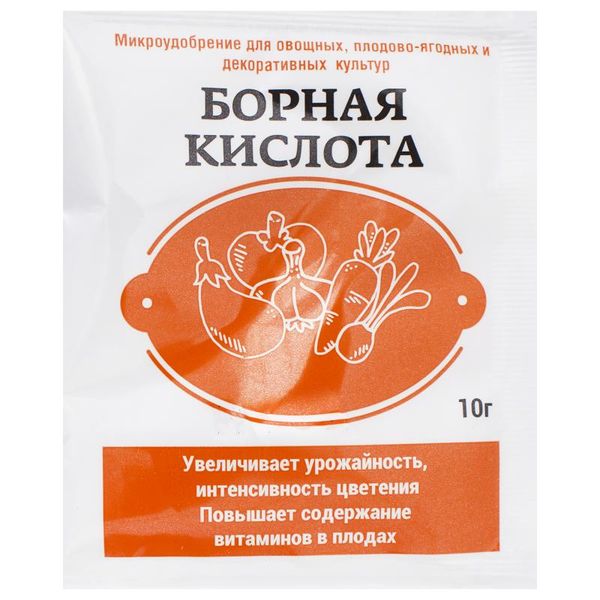
Favorable days for feeding tomatoes
Feeding is carried out:
- After transplanting seedlings to a permanent place
- Normally developing tomatoes are fed - 3-4 times per season
- Lagging tomatoes - 5-7 times
- Non-developing tomatoes - once in 10 days
For flowering tomatoes, dressings great variety. What solution or drug to apply, decide for everyone independently. Proper and timely fertilization, affects the quality and quantity of the crop.

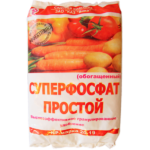
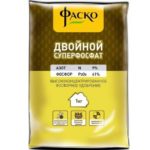
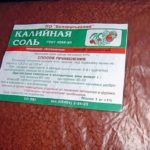
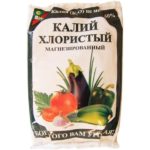

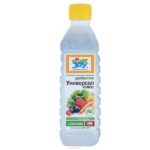
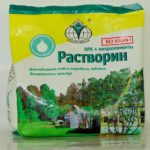

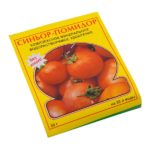
By how much to pour under a tomato bush? ... ... 30 drops of iodine are added to a liter of milk. All is thoroughly mixed, add art. spoon of hydrogen peroxide and adjusted to 9 liters of water.
These solution must be sprayed.
To feed the tomato ... ... Who can tell? Is it possible to replace iodine with iodinol? This is the same, but without alcohol
This foliar top dressing on the sheet ...